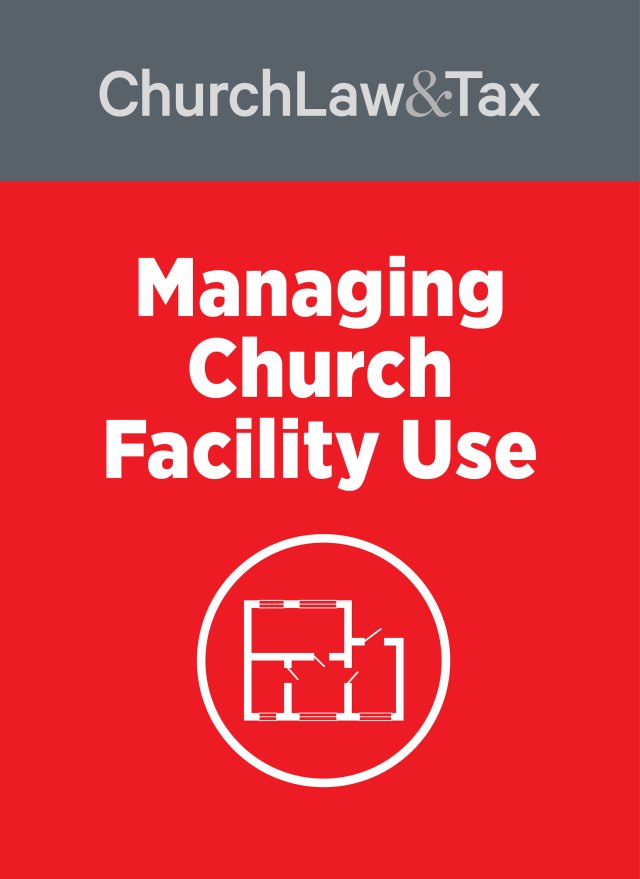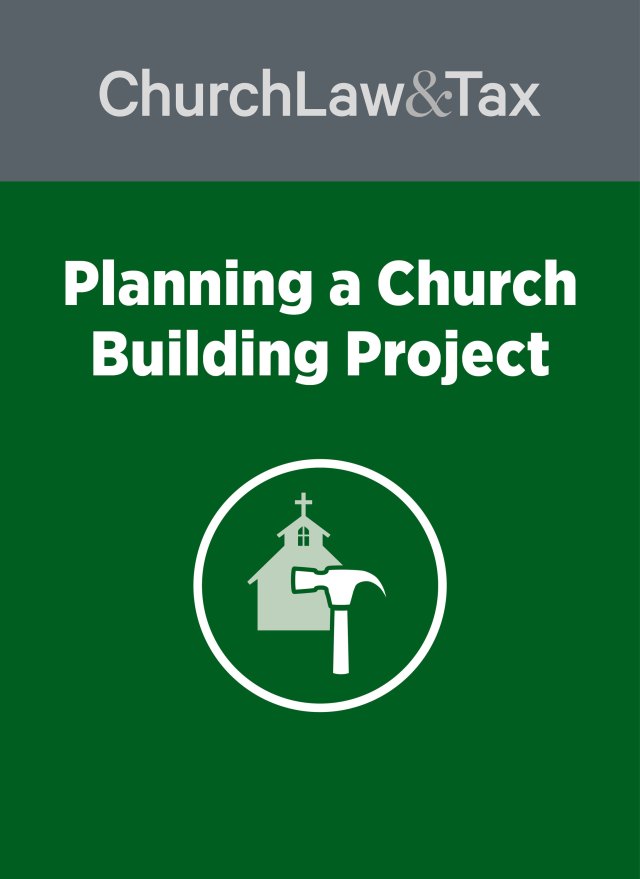• Key point. A church may lose title to some of its property in a boundary line dispute through adverse possession if an adjacent property owner openly occupies and maintains the disputed property with an intent to claim it as his or her own regardless of the actual legal boundary.
The Virginia Supreme Court ruled that a church lost title to a portion of its property in a boundary line dispute because an adjacent property owner acquired title to the disputed property through adverse possession by openly occupying and maintaining the disputed property with an intent to claim it as her own regardless of the actual legal boundary line. A boundary line dispute arose between a church and an adjacent homeowner. The dispute arose because the homeowner and her predecessors had used the disputed land mistakenly believing that their property ran to a line of trees at the edge of woods on the church’s property. The homeowner claimed that she and her predecessors had mowed, gardened, and otherwise maintained the strip of land up to the tree line as a part of their residential property for more than 15 years, believing that it was the common boundary between their property and the church’s property. The evidence also indicated that the homeowner and her predecessors intended to claim title to the land extending to that line as a part of the property they thought was conveyed to them. The homeowner claimed that this evidence was sufficient to show that she intended to claim title to a definite line on the ground, regardless of what the deed to the property stated, and as a result she should be awarded title to the disputed strip of property on the basis of adverse possession. A trial court concluded that all the elements necessary to establish title by adverse possession had been clearly established except for the requirement of an adverse or hostile possession. Because the homeowner’s possession of the land was based on a mistake as to the ownership of the land, the trial court determined that the possession was not adverse since “there was no intent … to oust the true owner of the title of the property.” The homeowner appealed.
The appeals court noted that “to establish title to real property by adverse possession, a claimant must prove actual, hostile, exclusive, visible, and continuous possession, under a claim of right, for the statutory period of 15 years.” Further, “the burden is upon the claimant to prove all of the foregoing elements by clear and convincing evidence.” The court emphasized that “one who possesses the adjoining land of another under a mistake as to his own boundaries with no intention to claim land that does not belong to him, but only intending to claim to the true line, wherever it may be, does not adversely hold the land in question.” The court further explained doctrine of adverse possession as follows:
[T]he rule in Virginia may be taken to be that, where the proof is that the location of the line in question was caused in the first instance by a mistake as to the true boundary, the other facts and circumstances in the case must negate by a preponderance of evidence the inference which will otherwise arise that there was no definite and fixed intention on the part of the possessor to occupy, use and claim as his own the land up to a particular and definite line on the ground. That is to say, on the whole proof a case must be presented in which the preponderance of evidence as to the character of the possession, how held, how evidenced on the ground, how regarded by the adjoining land owner, etc., supplies the proof that the definite and positive intention on the part of the possessor to occupy, use and claim as his own the land up to a particular and definite line on the ground existed, coupled with the requisite possession, for the statutory period, in order to ripen title under the statute. Whether the positive and definite intention to claim as one’s own the land up to a particular and definite line on the ground existed, is the practical test in such cases. The collateral question whether the possessor would have claimed title, claimed the land as his own, had he believed the land involved did not belong to him, but to another, that is, had he not been mistaken as to the true boundary line called for in his chain of title, is not the proximate but an antecedent question, which is irrelevant and serves only to confuse ideas.
The court concluded that the homeowner and her predecessors based their legal claim “not only on the deed descriptions, but also on their belief that their property line ran to the line of woods.” As a result, the court ruled that the homeowner’s possession was accompanied by the necessary adverse or hostile intent.
Application. This case illustrates how a church may lose title to a portion of its property in a boundary line dispute by allowing an adjacent property owner to occupy and maintain a portion of the church’s property for the number of years specified by state law. These cases may arise whenever an adjacent landowner mistakenly believes that the boundary line is on the church’s property. If the landowner occupies the disputed strip of property by using or maintaining it, and has an “adverse intent,” he or she eventually will acquire title to the property through adverse possession. However, the landowner must have an adverse intent, meaning that he or she intends to claim title to all land up to the disputed boundary line regardless of the actual legal boundary. Church leaders can minimize the risk of losing title to church property through adverse possession by taking the following steps: (1) Be certain that you are aware of the actual boundaries of your church’s property. Obtain a legal survey if you have not done so previously, and identify the true boundaries of your property. (2) Do not allow adjacent property owners to occupy or maintain any portion of your property. (3) Be certain that any fence or other boundary marker is accurately placed. Hollander v. World Mission Church, 498 S.E.2d 419 (Va. 1998). [Corporations]
© Copyright 1999 by Church Law & Tax Report. All rights reserved. This publication is designed to provide accurate and authoritative information in regard to the subject matter covered. It is provided with the understanding that the publisher is not engaged in rendering legal, accounting, or other professional service. If legal advice or other expert assistance is required, the services of a competent professional person should be sought. Church Law & Tax Report, PO Box 1098, Matthews, NC 28106. Reference Code: m21 c0699




